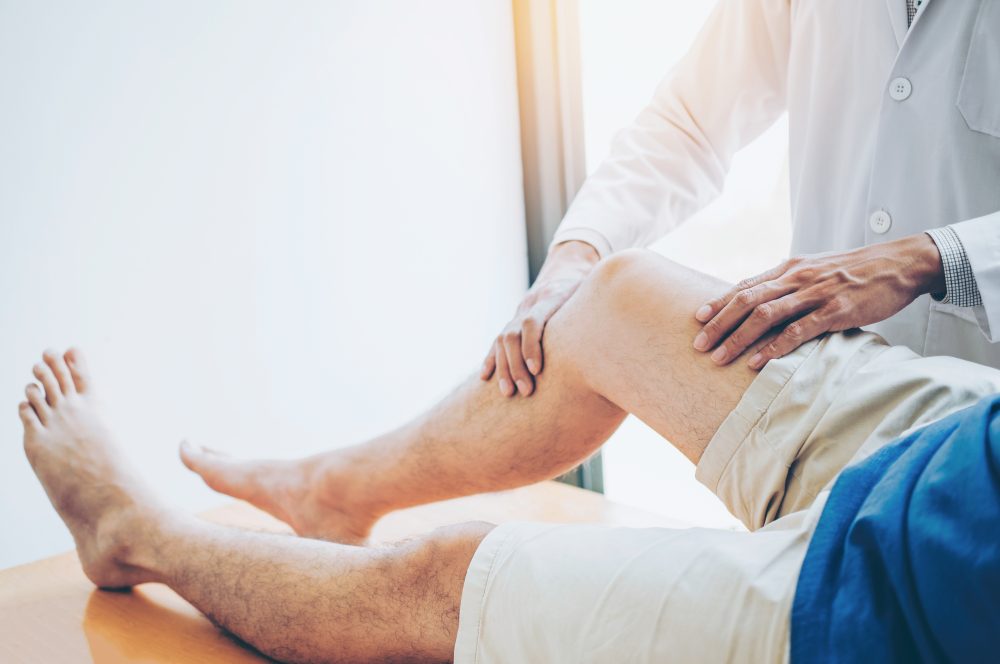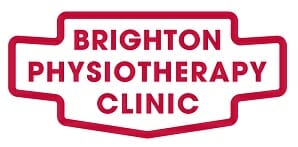Physical Therapy in Brighton
What Is Physical Therapy?
Physical therapy is used to improve a patient’s quality of life. It begins with a physical examination to offer a proper diagnosis and establish a treatment plan. In some cases, PT incorporates imaging and laboratory studies such as a CT-scan, X-rays or MRI findings.

It is followed by patient education and physical intervention. Physical Therapy management usually includes the prescription of specific exercises, mechanical devices such as traction, manual therapy and physical agents that includes electricity, radiation, heat, cold and assistive devices.
Physical therapy is performed by a physical therapist. Apart from clinical practice, other aspects of physical therapy include research, consultation, education and administration.
Physical therapy may be provided alongside other medical services or as a standalone primary care treatment. It attempts to address the injury or illness that limits your ability to perform functional activities in your daily life.
Who Is a Physical Therapist?
A physical therapist is a licensed health professional who is trained in physical therapy. In some countries such as the UK, they are referred to as physiotherapists. Some PTs have advanced degrees such as a doctorate or master degree in physical therapy.
All PTs are required to pass state exams to become licensed where they practice. A physical therapist accesses your needs before providing guided therapy. They may use hands-on-treatment for certain symptoms and teach you exercises to help you function better.
While you can visit a PT without your GP’s recommendation, please note that a PT doesn’t take a doctor’s place when you have a serious injury or illness. They’ll work with GPs to provide guided treatment that gets you back to full function.
What Does a Physical Therapist Do?
Depending on the severity of your condition, physical therapy might be short-term or long-term. For instance, if you’ve just had knee surgery, you might only need a few therapy sessions to restore full range of motion. A patient who suffered a stroke or was in an auto accident might require months of therapy to regain motion in the affected body part.
A physical therapist treats patients of all ages suffering from injuries, medical problems or health-related issues that affect their ability to function daily. A physical therapist finds the most effective technique that reduces pain while preventing long-term injuries and restoring function.

Common Conditions Treated by A Physical Therapist
Tension headache – A common type of headache where you feel pain at the back of your head, temples and forehead. They sometimes co-exist with migraine or one triggers the other. Tension headaches respond well to relation therapy, physical therapy and NSAIDs.
Hip problems – Common hip problems include rheumatoid arthritis, osteoarthritis, traumatic arthritis, Bursitis and Hip pointer.
Low back pain – This is the pain in your back that happens above your legs and below your ribs. It can be sharp or dull, over a broad area or only in one spot. Almost everyone suffers low back pain at one time or another. Therapies such as acupuncture, massage and spinal manipulation help to improve function and pain.
Tendonitis – Inflammation of a tendon that occurs when the tendons are irritated. You feel pain and discomfort.
Repetitive motion injury – These are temporary or permanent injuries to nerves, muscles, tendons and ligaments caused by performing the same motion repeatedly. Carpal tunnel syndrome is a common repetitive motion injury. Treatment includes exercise therapy, conditioning exercises and occupational therapy.
What Are the Different Types of Physical Therapy?
Paediatric Physical Therapy
Focuses on the physical needs of toddlers, infants, adolescents and children who have neuromuscular, developmental and other physical disorders. It also focuses on children affected by birth defects, cerebral paralysis, acute sports injuries and muscle diseases.
Geriatric Physical Therapy
Focuses on the needs of older adults. This includes physical therapy for arthritis, Alzheimer’s disease, balance disorders, osteoporosis and joint replacement. The goal is to reduce pain, restore mobility, increase physical therapy and accommodate physical limitations.
Orthopaedic Physical Therapy
Restores function to the musculoskeletal system such as the joints, muscles, bones and ligaments. The goal is to correct skeletal alignment, reduce pain, treat soft tissue damage and increase mobilisation.
Neurological Physical Therapy
Focuses on individuals who have a neurological disease or Alzheimer. Conditions treated include vision impairment, paralysis, poor balance, walking difficulty, stroke, spinal cord injury, multiple sclerosis and brain injury.
Contact us today. Let us help you regain your health and strength. Call 000000000 to get started.
